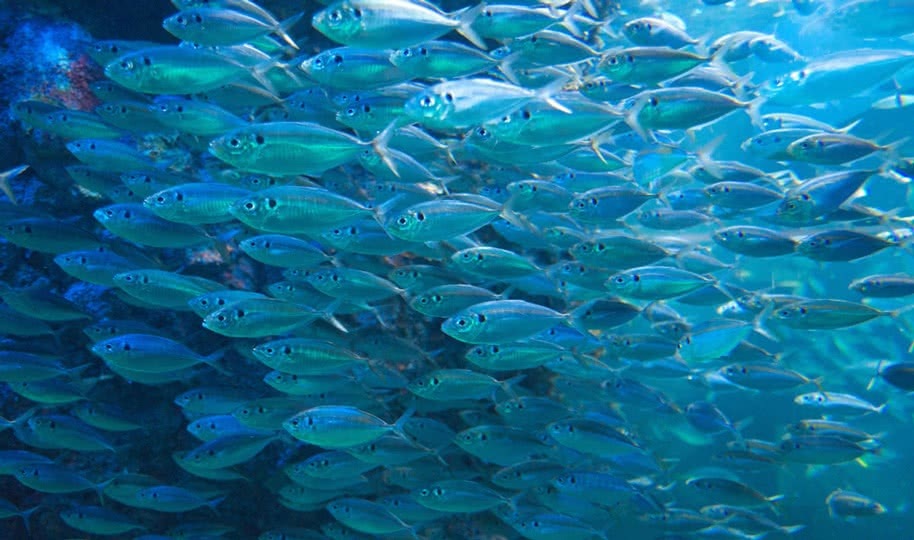
Mindful Nutrition for a Fussy Eater
As a parent, it’s normal to worry about whether your child is getting enough of…

Which fish measure up? Omega-3s are mainly found in “oily” fish, which are at least 10% fat. Several international guidelines recommend eating 2-3 servings of fish weekly to get its nutritional benefits.
Omega-3s are mainly found in “oily” fish, which are at least 10% fat.1 Several international guidelines recommend eating 2-3 servings of fish weekly to get its nutritional benefits, this averages to approximately 250-500 mg of marine-sourced omega-3—ecosapentaenoic acid (EPA) and docosahexaenoic acid (DHA) a day.2,3 Not all fish are equal, with some providing significantly more EPA and DHA than others. To see if you are selecting the right type of fish, use the guide below. Sources of marine-based omega-3s (EPA, DHA)2 Mix and match to average 250-500 mg a day!
| How much EPA and DHA (mg) | Fresh fish and seafood, 150 g |
| >500 mg | Salmon Trout Mackeral [Other examples: mullet, sardines, and anchovies] |
| 400-500 mg | Yellow-tail kingfishTrevally |
| 300-400 mg | Snapper Blue-eye trevalla Tuna Squid Oysters |
| <300 mg | Scallops, prawns, octopus, crab, lobster or crays |
We get it, seafood isn’t for everyone. But don’t worry, there are other ways to get those omega-3s. Read more about sources of omega-3s in our article: Omega-3 and omega-6: Essentials in your diet. Remember, omega-3s are a vital part of your health, which need to be obtained through the foods you choose. If you don’t think you are getting enough, consider adding a supplement to your diet.